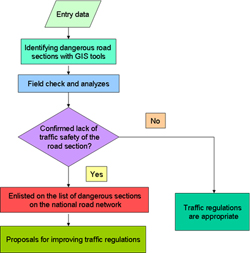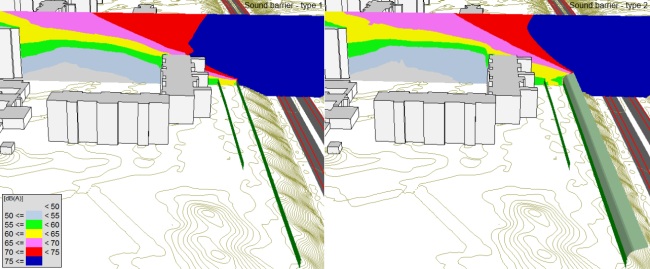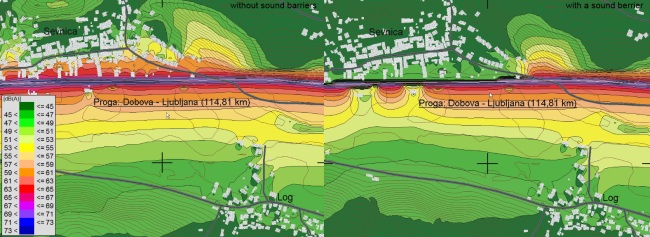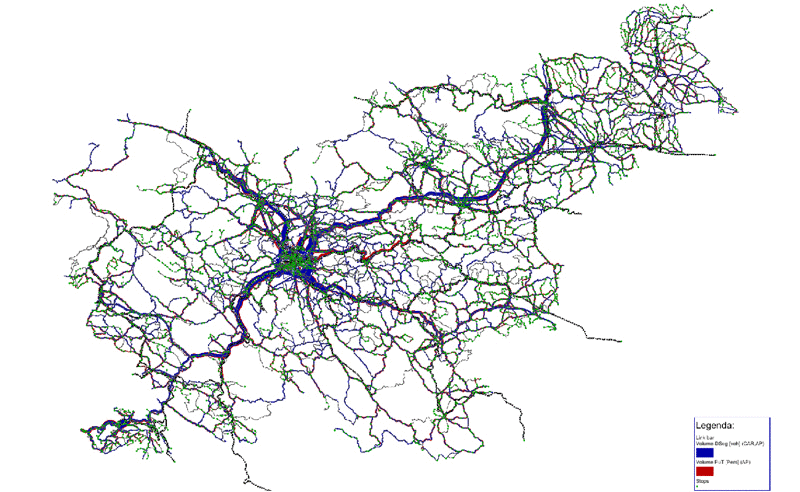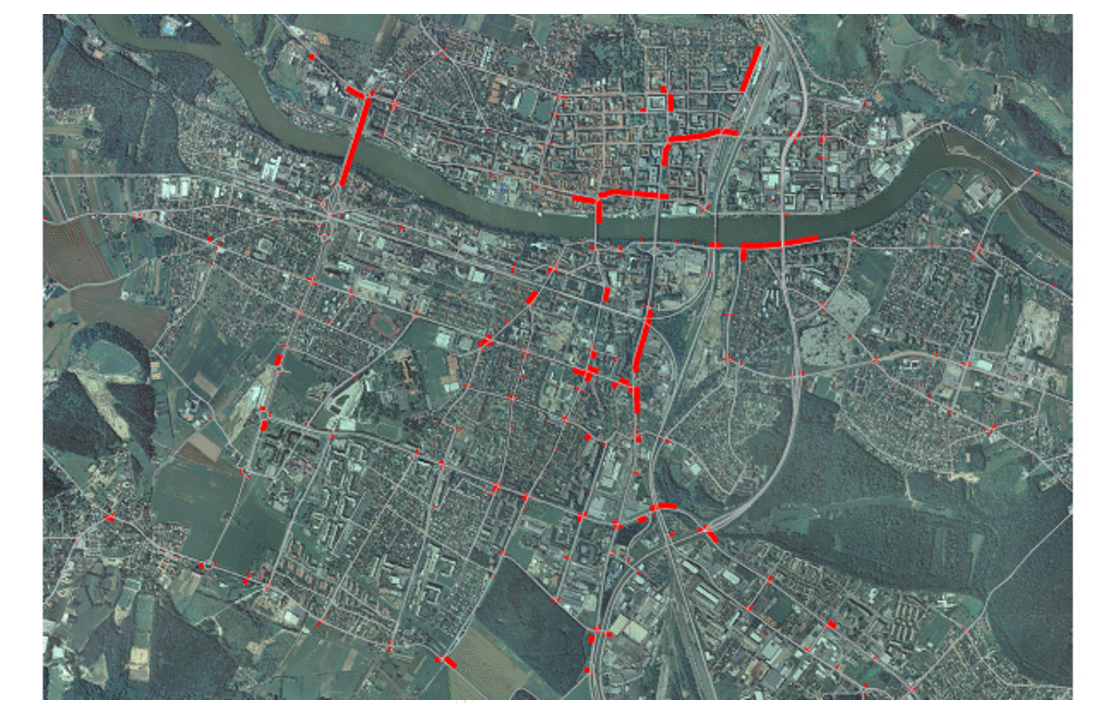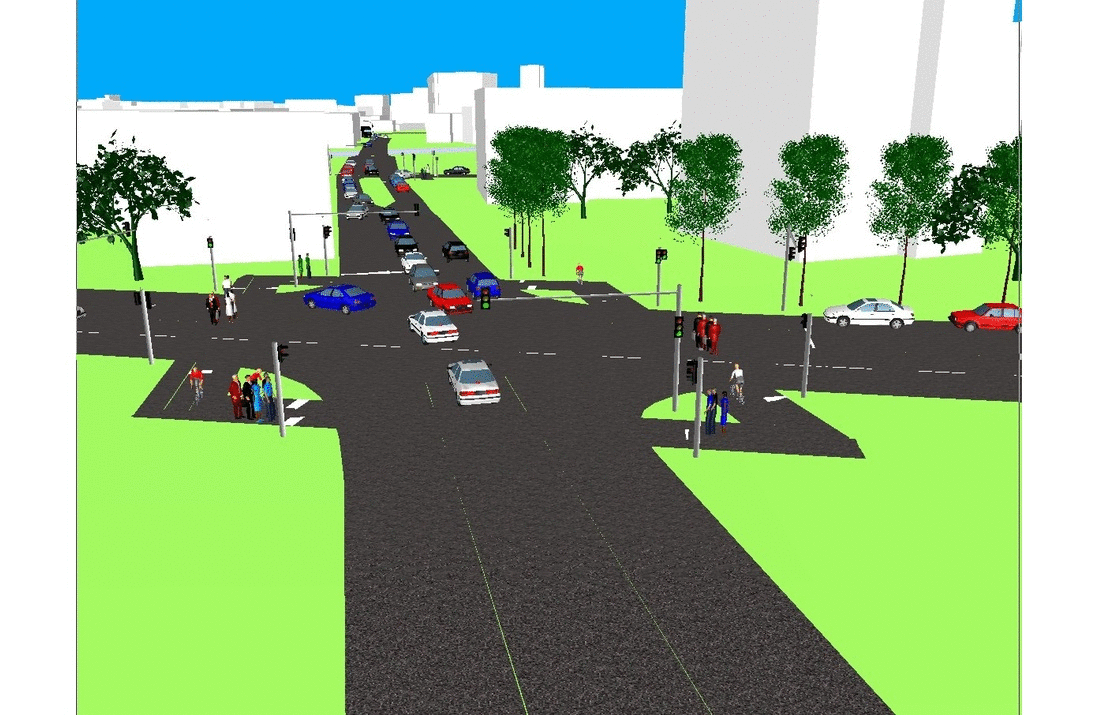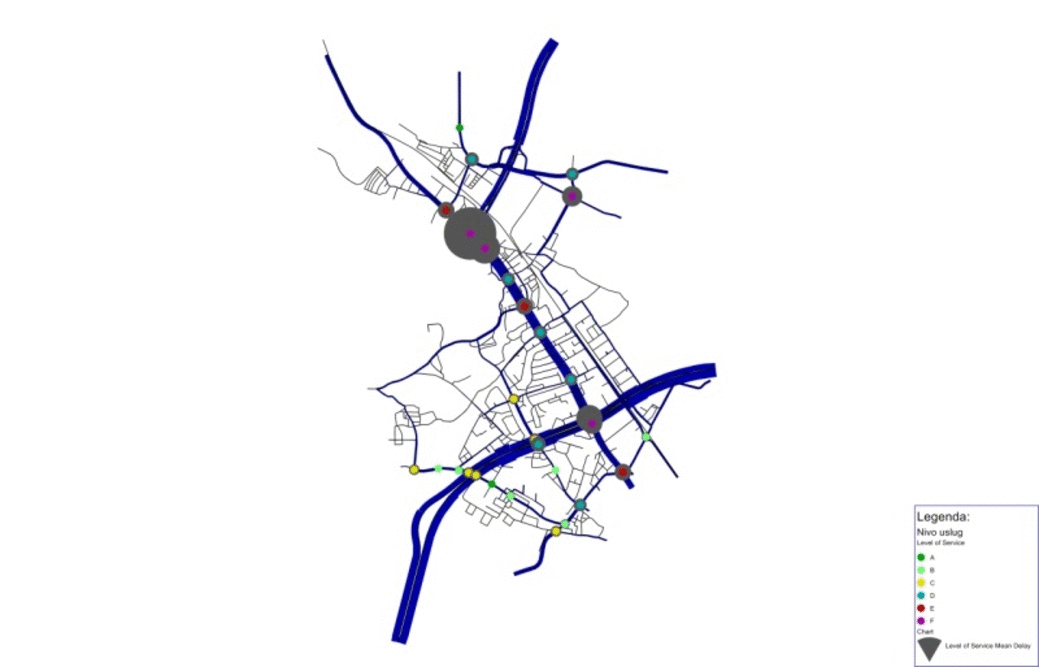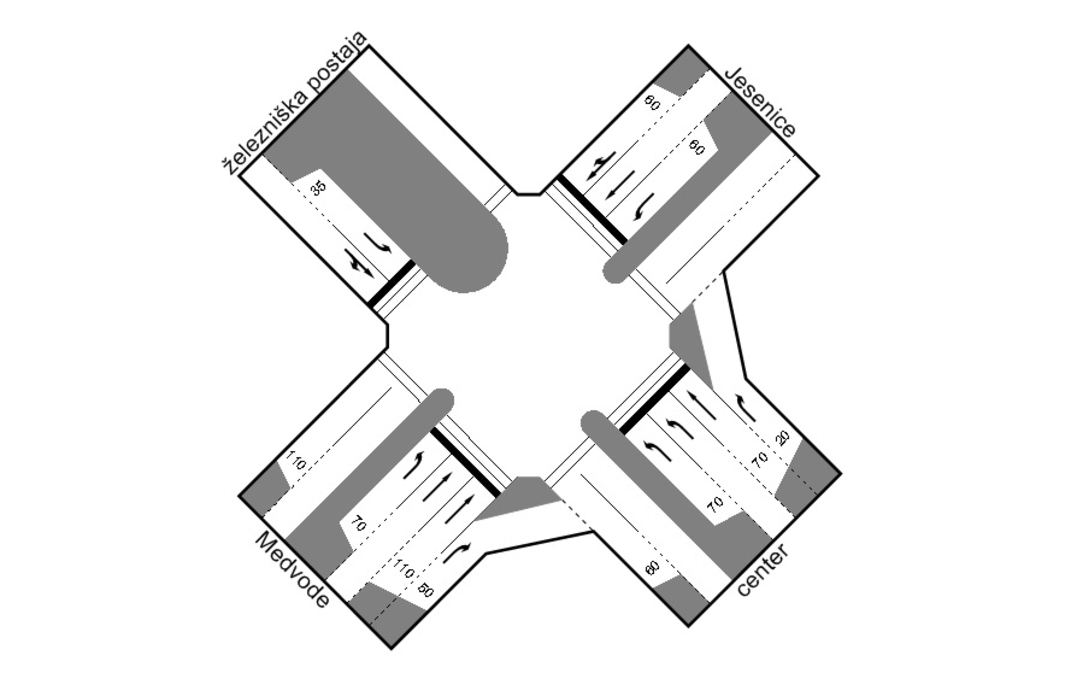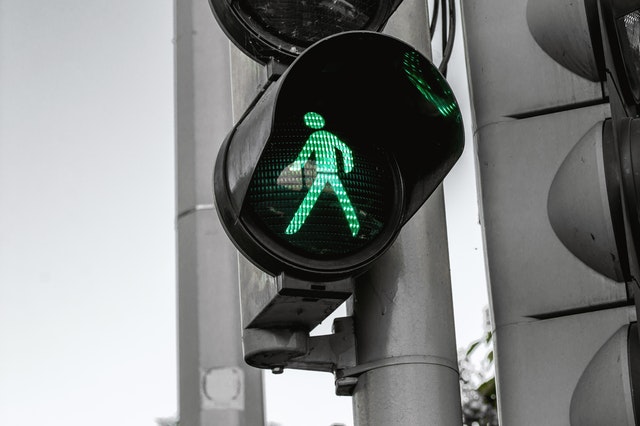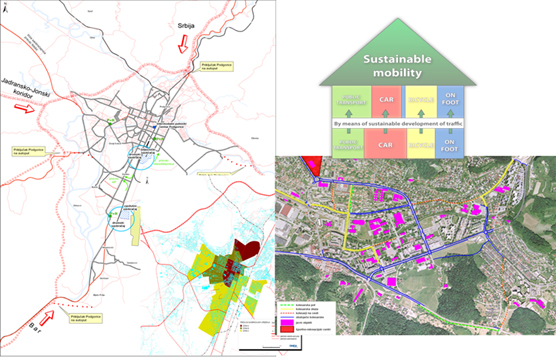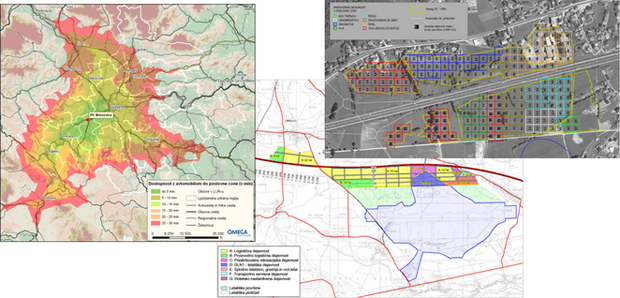In the registry of researchers´ managed by the Public Research Agency our company is listed under Nr. ARRS 1332. We currently employ 6 researchers.
We elaborate research studies regarding transport infrastructure, city public transport, information systems, communication and leadership techniques, transport technologies and economic planning.
Our research assignments from the last 5 years included:
DEVELOPMENT DOCUMENTS, INFORMATION SYSTEMS
- feasibility studies, development studies and information system concepts for rail, road and cableway transport
- national programmes for the development and maintenance of roads.
TRAFFIC SAFETY
- development of methodology for mapping dangerous road sections on the national road network,
- traffic safety analysis of “black spots” with suggested action plans for better traffic arrangements,
- development of methodology for tracking traffic safety efficiency,
- international study on road traffic safety for 9 EU countries.
TRAFFIC, MOBILITY, ENVIRONMENT AND SPACE
- expert groundwork for integrated public transport management in Ljubljana urban region,
- strategy for the construction of cableway systems in Slovenia with spatial, environmental, transport and logistic guidelines,
- expert groundwork for placing economic projects from Slovene regions in physical space, including economic structure, freight and transit traffic analysis,
- an estimate of increased noise and emission levels due to the outflow of heavy goods vehicles from the national roads to parallel roads.
LEGISLATION AND REGULATIONS
- update of regular road and object maintenance norms and standards,
- coordination with EU legislation,
- expert groundwork for the tasks and duties of road management and maintenance as well as the socio-economic valuation of road projects.
- particiation in the development of legislation concerning roads and cableways.
SOFTWARE AND INFORMATION SYSTEMS DEVELOPMENT
We have developed software programmes OPCOST and VIPOS. OPCOST is a tool for measuring the ratio between the investment in road infrastructure and user benefits that derive from the investment. It enables the classification and comparison of investment projects with regard to traffic and economic efficiency. VIPOS is a tool for road data collection and processing. Our other information tools are described under PRODUCTS.
DEVELOPMENT OF METHODOLOGIES, CRITERIA
- methodology for the verification of “black spots” on road network,
- methodology for evaluating national co-financing share in EU projects,
- methodology for setting actions and splitting costs due to volume increase of freight vehicles on national roads,
- methodology for setting necessary sanitation actions on congested infrastructure and the cost split between state road manager and users, who cause congestion,
- criteria for defining distances between motorway access and exit points.
- methodology for determining the necessary measures and cost sharing between public roads operators and watercourse managers.





 INTEGRATION OF INFORMATION SYSTEMS
INTEGRATION OF INFORMATION SYSTEMS
